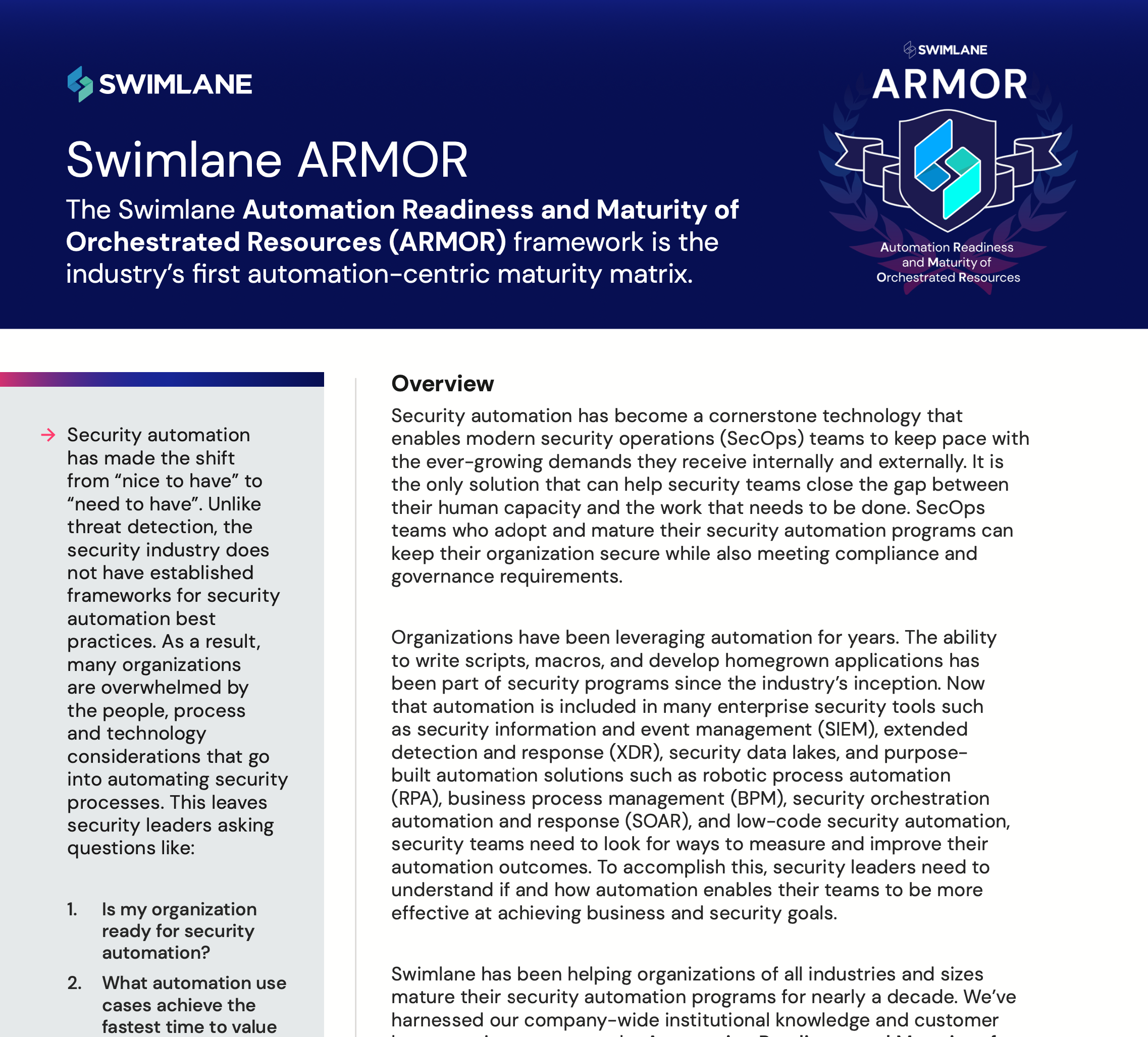In today’s digitally-driven world, safeguarding sensitive data and critical systems from cyber threats is paramount, and understanding your organization’s attack surface is fundamental.
Continue reading to explore attack surface management (ASM) and its role in cybersecurity. What is an attack surface (ASM)? What are the different types of attack surface management? Let’s discover how ASM helps identify vulnerabilities, assess risks, and fortify defenses to keep your digital assets secure.
What is an Attack Surface?
From competition-driven invasions to state-sponsored surveillance, the scope and different types of cyber security attacks continue to multiply. And it’s no surprise that the stakes are high – government sectors, private organizations, small businesses, and individuals are all caught up in a series of invisible crossfires in the cyber world.
Hackers seamlessly take advantage of unstable touchpoints, referred to as the attack surfaces, to breach into systems. A cyber attack surface encompasses several attack vectors, which may include:
- Network attack surface
- Security attack surface
- Application attack surface
Opposite to this, a human attack surface covers those touchpoints acquired through physical access like desktops, laptops and phones, where mobile phishing is the immediate threat. Just like the dynamic of the digital landscape, cyber attack surfaces evolve. As threats continue, the need for well-engineered attack surface management solutions has become more urgent than ever.
How to Mitigate Attack Surface Risks
Now that hackers have turned to more ingenious hacking methods, it’s important to have solid knowledge of attack surfaces and fortify cybersecurity with security best practices. Below are the areas that encompass the proper mitigation of attack surface risks:
Attack Surface Reduction
This first technique focuses on attack surface reduction rules. Generally, smaller attack surfaces are much easier to protect than larger attack surfaces. That’s why eliminating them as early as possible is critical.
Organizations can limit the possibilities of breaches by implementing zero-trust policies. This principle ensures that systems are accessed by the right people, at the right time. Another way to reduce the attack surface is to identify vulnerabilities in the system in advance. Upon identification, implement secure access controls and rest api authentication processes.
Attack Surface Monitoring
The mitigation process continues with monitoring the attack surface for vulnerabilities. Regular scans are vital in threat readiness and spotting potential breaches earlier. To exploit endpoints accurately and ensure a system free from suspicious activities, follow this with a complete scan.
Attack Surface Analysis
It’s important to use relevant data from the reduction and monitoring phases, this ensures you are mapping all attack surfaces. Through attack surface analysis, you can easily pinpoint pathways that are in need of regular testing and higher security.
What is Attack Surface Management?
The implications of a cyber attack are damaging. To combat operational disruptions and harm from a system breach, organizations need a reliable set of security technologies to help mitigate these attacks.The role of attack surface management focuses on the key processes involved in the security exposures and attacks on the system.
Attack Surface Management vs. Vulnerability Management
Vulnerability management automation emerges from the overall attack surface management. It brings to light certain weak points for better coverage of the attack surface. There are solutions available that automate vulnerability scans and assist teams to make sense of vulnerability reports, so information is more easily accessible and human-readable. Low-code security automation assists your organization with better tracking of assets and risk management.
Types of Attack Surface Management
Attack surface management is best described through the main types. So, let’s get into the different categories of ASM:
Internal Attack Surface Management
Internal attack surface management involves procedures that are within the corporate firewalls. Some of the most common internal attack surfaces include unauthorized access, privilege misappropriation, and service disruption.
External Attack Surface Management
This is the opposite of internal-facing ASM. The external attack surface management points out the identification, analysis, and mitigation beyond the firewall. These vulnerabilities are from outside elements like applications, public web servers, and other external threat factors.
Continuous Attack Surface Management
Managing attack surfaces isn’t a one-time task. It’s a continuous procedure of mapping network systems for suspicious activities, hence the name continuous attack surface management. This type ensures constant monitoring of the attack surface, often in real-time. As a result, the SOC team needs to work on potential threats efficiently.
Open Source Attack Surface Management
Designed to be accessible by anyone, open source generally comes with higher risk. This stems from its public nature, where maintenance, license, and dependency are relatively unstable. It highlights the Open-source intelligence (OSINT) framework, making use of free resources to reduce the attack surface.
Cyber Asset Attack Surface Management
This emerging technology centers on the implications associated with asset visibility. It makes use of API integrations for a more comprehensive asset inventory.
Roles and Responsibilities of ASM
ASM’s core purpose is to get into the mind of an attacker – to get better visibility and control across all attack surfaces. The process covers both internal and external assets, ensuring that organizations are free from vulnerabilities and ready for any type of cyber attack.
Now, let’s expound the primary roles of ASM:
- Discover assets through scans, logs, and other relevant tools.
- Map entry points and classify them accordingly.
- Set priority to highly critical attack surfaces.
- Remediate vulnerabilities in order of importance.
- Keep a close eye on the attack surface.
Combine Your Current Security Technologies with Automation
Organizations likely have various security technologies, like ASM, in order to make an effort against attackers and to protect their organization. But doing this efficiently is where organizations tend to struggle. The main point of attack surface management is to be one step ahead of the attacker. It’s one of the many solutions that helps discover possible lapses in security and remediate vulnerabilities. The Security Operations Center (SOC) is typically the team handling these types of tasks.
Companies using ASM solutions and other security technologies optimize their processes even more by implementing an automation platform alongside these. With automation capabilitites, DevSecOps can easily assess vulnerabilities and apply mitigation techniques as they emerge. It also leads to more efficient security management and attack reduction.
The overall impact of ASM combined with low-code automation gives systems the ability to operate without disruptions caused by cyber attacks. More than that, it’s a pivotal enhancement for organization’s security postures.
Attack Surface Management Key Distinctions
ASM is associated with other relevant cybersecurity terms. Continue reading to understand ASM and other related terminologies:
What is the difference between attack surface management and attack surface reduction?
Attack surface reduction is a part of attack surface management. It aims to minimize the possibilities of attacks. Meanwhile, ASM pertains to the entire process of identifying entry points, categorizing these risks, and remediating them.
What is the difference between ASM and Pen testing?
Both terms are related to securing systems. However, pen testing helps emphasize flaws in the system. This means that organziations coverage is likely limited. A key difference between ASM and pen testing is the technicality of the test. Pen testing conducts a highly detailed assessment of a particular environment. That’s why this method is a part of both security and auditing.
What is the difference between attack surface and attack vector?
Attack vectors pertain to any possibility of infiltration to exploit information and disrupt the system. All attack vectors take shape in the name of the attack surface, which is a collective term for all these attack entry points.
What is the difference between trust boundary and attack surface?
Trust boundaries serve as the fine line that characterizes the extent to which resources are secured. More simply, it’s the parameter before there is a modification in the trust level. Meanwhile, attack surfaces are boundaries that are open to attackers. So, when new data is incorporated into an established system, it’s a portrayal of a trust boundary that is altered.
What is the difference between attack resistance management and attack surface management?
Attack resistance management takes on the technicalities of security tests on attack surfaces for lesser attack infiltration. Lower attack resistance arises from incorrect attack surface management, among other reasons.
Why ASM is Integral for Your Exposure Management Strategy
Being proactive in addressing risks is the most effective way to reduce attack surfaces. Exposure management strategy becomes a vital tool in ASM. The strategy itself limits all the weak links in the system through a more detailed view of cyber exposures. It imposes the importance of prioritization of risks that are most crucial to an organization.
Choose the Best Solutions
With attacks and breaches becoming more sophisticated, it’s important for organziations to choose the best solutions to protect their data. Through attack surface management tools, experts can keep up with the variety of vulnerabilities and cyber attacks. Paring your security technologies with automation will streamline your processes and connect your siloed tools to be able to mitigate all alerts. According to our Cyber Threat Readiness Report:
- 78% of organizations that handle all alerts incorporate low-code security automation into their security posture.
- 98% of respondents highlighted the benefits of low-code security automation solutions.
Automation offers organizations a streamlined and more secure security posture, integrating with all the technologies your organziation uses today. With low-code automation, you get the right balance of pre-built solutions, limitless integrations, and a fully customizable user experience.
Don’t Leave Any Vulnerabilities Unaddressed
Swimlane is an exodus from outdated ASM solutions. It reconsiders the needs of organizations through AI enabled low-code security automation and extended visibility. Swimlane makes an immediate impact on secuirty teams and empowers the SOC team to automate manual tasks associated with use cases like, phishing, SIEM triage, vulnerability managemnet, and many more.

The Swimlane ARMOR Framework
SecOps teams who want to map their goals, tactics, and security automation use cases to industry standard frameworks like NIST, CMMC, CMMI or C2M2

